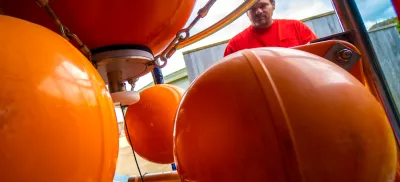
Research Labs

The Acoustics Lab is part of the Cooperative Institute for Marine Resources Studies. Its acoustic research falls into three areas: ocean ambient sound, geophysical sound, and bioacoustics.

The COMES aquaculture lab currently focuses on a range of topics important in the cultivation of shellfish and seaweeds.
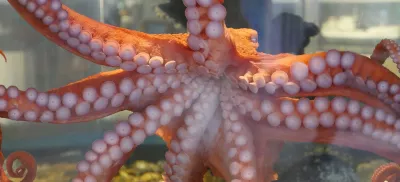
The Aquatic Animal Health Program supports various captive aquatic animal stakeholders, including the aquarium fish industry, research enterprises, aquaculture and educational institutions in domestic and international settings.
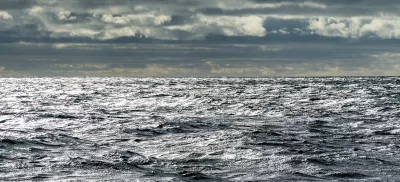
The Benthic Ecology lab studies how global climate change and human activities affect marine species at the molecular, organism and population-level as well as affect community structure and ecosystem functioning.
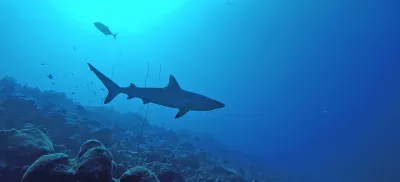
The work of James Sulikowski and Taylor Chapple of the Big Fish Lab centers on marine apex predator conservation, especially sharks.
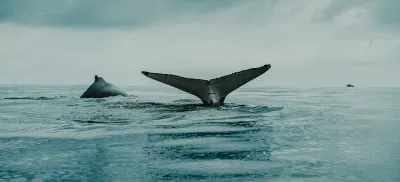
The Cetacean Conservation and Genomics Laboratory conducts research on whales, dolphins and porpoises with an eye towards the conservation of several species of marine mammals.
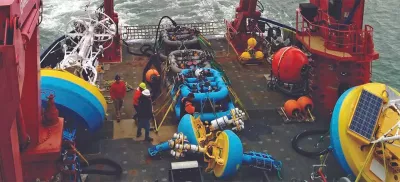
CIMERS brings together research partners across OSU to assist their NOAA colleagues in tackling complex multidisciplinary issues related to the marine environment and the sustainable use and management of marine resources. Visit the CIMERS website.

This lab uses a variety of quantitative and empirical tools to investigate the dynamics of marine populations and communities across a range of spatial and temporal scales.
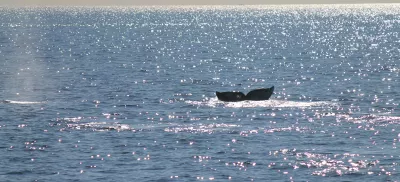
The GEMM Lab focuses on the ecology, behavior, health, and conservation of marine megafauna, including cetaceans, pinnipeds, seabirds and sharks.
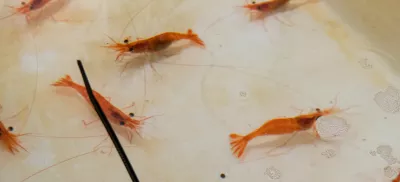
In the Heppell Lab, a diverse group of ecologists works on both basic and applied research in marine ecology, conservation biology, population ecology and fisheries science.

At the Lab for Animal Behavioural Interaction Research In The Ocean (LABIRINTO), we are interested in mapping the network that behavioral and ecological interactions form to understand their nature and to measure their consequences for individual organisms, their populations, their communities, and the ecosystems around us all.
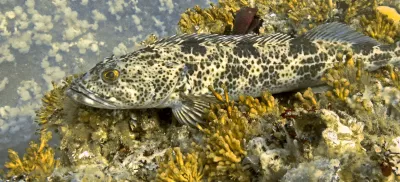
This lab studies how animals move throughout rivers and oceans and how that movement affects their growth and survival.
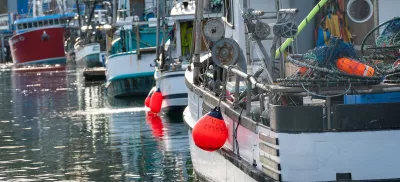
Research in this lab centers on applied population genetic and genomic principles to better understanding processes important to the management, utilization and conservation of marine fisheries.
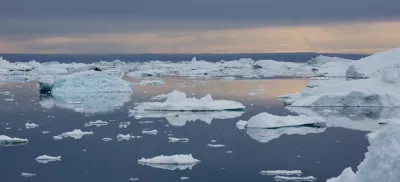
The Marine Mammal Bioacoustics and Ecology Lab (MMBEL) uses passive acoustic monitoring to eavesdrop on vocalizing marine mammals and understand spatiotemporal presence and behavior, as well as human-caused threats. Visit MMBEL's website.
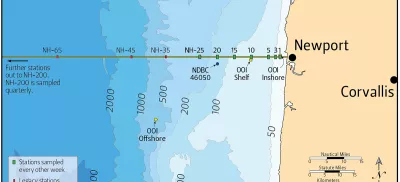
The Newport Line team monitors the pulse of the ocean with year-round, bi-weekly sampling of phyto-, zoo-, ichthyo-plankton, and hydrography in continental shelf and oceanic waters off Newport, Oregon.
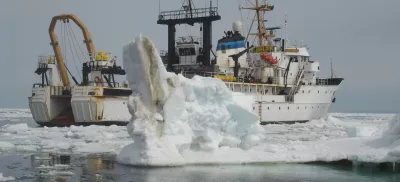
This lab researches the behavioral responses of commercially important marine fishes to environmental factors critical to controlling their distribution and survival.
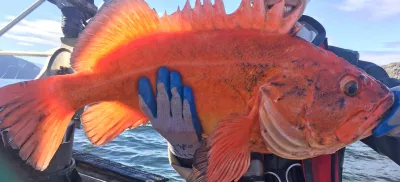
Scientists in this lab are conduct leading-edge research to provide the foundation for management decisions to protect, recover, restore and sustain ecosystems and living marine resources in the PNW.
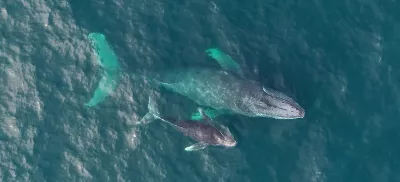
The Ocean Ecology Lab studies animal movement, foraging ecology, health, and population dynamics to support the science-based management of threatened species.
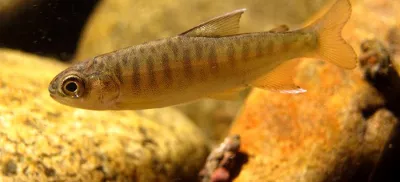
MRP is ODFW’s home for the management of fish and wildlife species and habitats in the ocean, bays and estuaries.
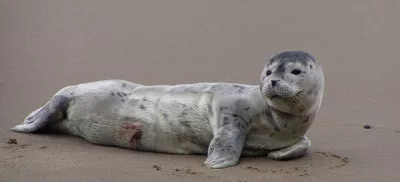
The Stranding Network encompasses observations of marine mammal stranding events, and the systematic collection, analysis and archiving of stranding data and biological samples.

The Pacific Ecological Systems Division (PESD) conducts innovative research on watershed ecological epidemiology and develops tools to assist stakeholders in achieving sustainable and resilient watersheds.
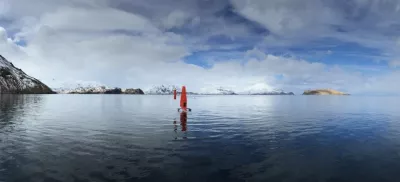
NOAA’s PMEL is a federal laboratory that makes critical observations and conducts groundbreaking research to advance our knowledge of the global ocean and its interactions with the earth, atmosphere, ecosystems and climate.
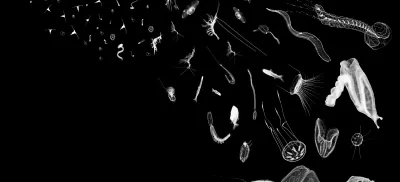
The Plankton Ecology Lab conducts basic and applied research on the ecology of marine fishes and the dynamics of their early life history stages in the plankton.

SOL is involved in research focusing on seabird ecology, movement ecology, oceanography and integrated ecosystem studies while providing research and educational opportunities for students.
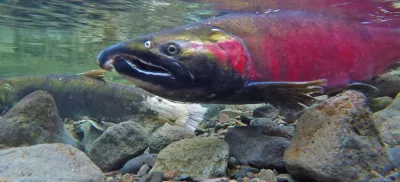
This state lab conducts fisheries genomics research addressing the science and management needs of the Coastal Oregon Marine Experiment Station and the Oregon Department of Fish and Wildlife.
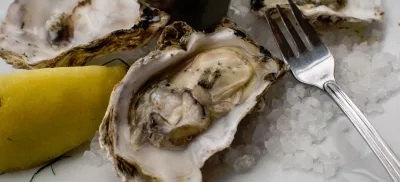
ARS at Hatfield is developing methods to improve the survival and maximize the productivity and sustainability of Pacific shellfish aquaculture.